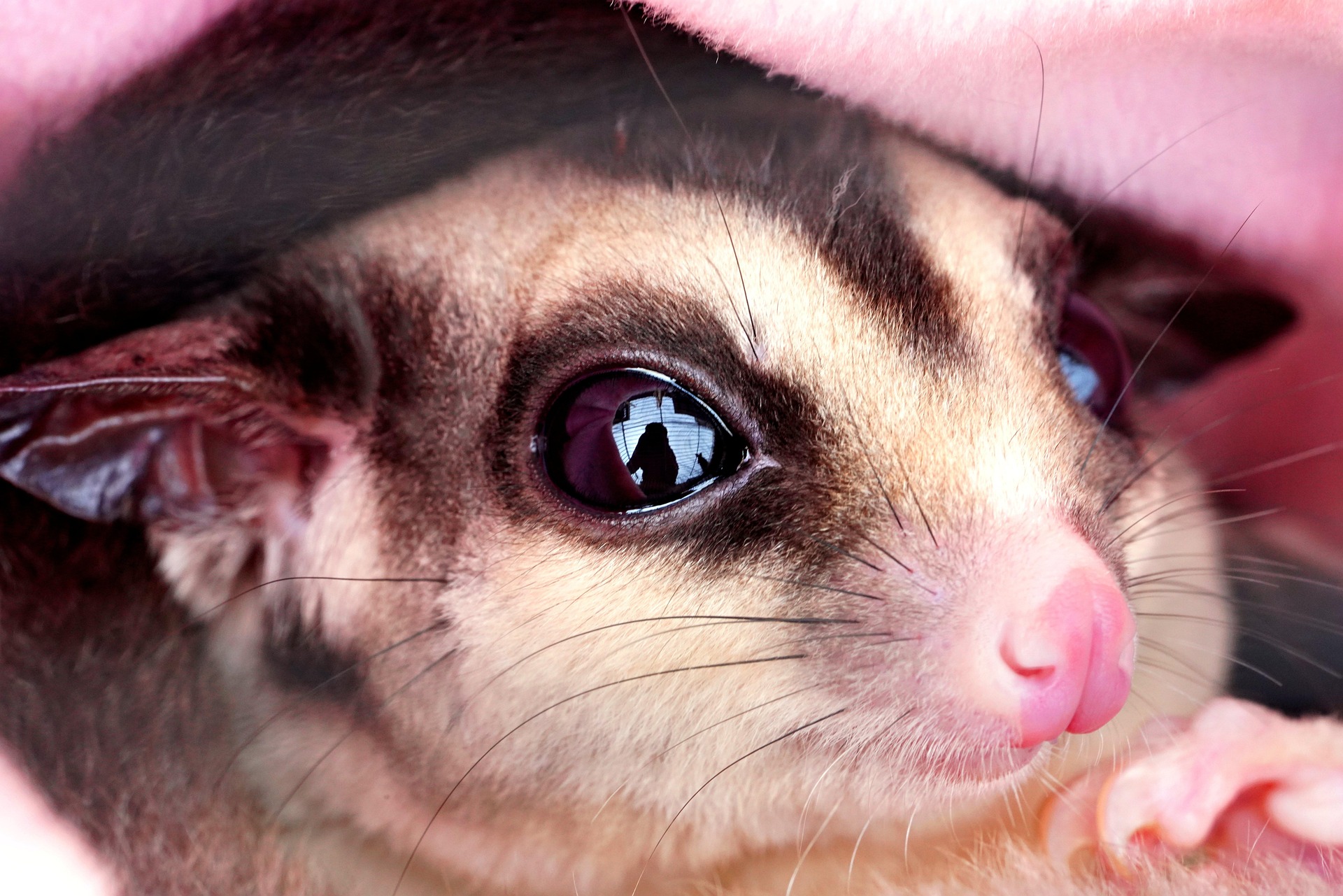The Intriguing Adaptations of Desert Animals: A Closer Look
We often marvel at the rich biodiversity in rainforests or the colorful marine life in coral reefs. However, one ecosystem is often overlooked despite its unique and fascinating inhabitants - the desert. This article will take you on a journey into the arid wilderness to explore the intriguing adaptations of desert animals, uncovering how they survive in such a harsh and unforgiving environment.

A Glimpse into the Desert’s Past and Present
Deserts, characterized by their extreme aridity, cover about one-third of the Earth’s land surface. They are often perceived as barren and lifeless due to their harsh conditions. However, contrary to popular belief, deserts are home to a diverse range of flora and fauna, each boasting unique adaptations that enable them to thrive in these challenging environments.
Desert animals have evolved remarkable strategies to survive in environments with high temperatures and low water availability. Recent studies have provided us with fascinating insights into these adaptations, which range from physiological changes to behavioral adaptations. Let’s take a closer look at some of these incredible survival tactics.
Unveiling the Secrets of Desert Animal Adaptations
Desert animals have developed a range of adaptations to cope with the harsh conditions. For instance, many desert animals are nocturnal, thereby avoiding the scorching daytime heat. Some creatures, such as the fennec fox, have large ears that not only enhance their hearing but also help dissipate heat.
Another common adaptation is the ability to conserve water. The Kangaroo rat, for example, can survive without ever drinking water! It obtains all the moisture it needs from the seeds it consumes and excretes highly concentrated urine to minimize water loss.
Desert animals also have adaptations to deal with the limited food availability. The Gila monster, one of the few venomous lizards, survives by storing fat in its tail and body, which provides energy during food scarcity.
The Market Perspective: Desert Animal Adaptations Inspiring Innovation
Intriguingly, these desert animal adaptations are not just fascinating from a biological perspective but are also sparking innovation in the human world. For instance, the desert beetle’s ability to collect water from fog has inspired scientists to design self-filling water bottles. Similarly, the sand gazelle’s physiological adaptations to reduce water loss are being studied to develop more sustainable irrigation systems. Although it’s challenging to quantify the exact market impact of these innovations, they undoubtedly represent a growing trend towards bio-inspired design, which is estimated to be worth billions of dollars in the coming years.
A Glimpse into the Future: The Impact of Climate Change on Desert Animals
Unfortunately, despite their remarkable adaptations, desert animals are not immune to the threats posed by climate change. Rising temperatures and shifting rainfall patterns could push these animals beyond their survival limits. Conservation efforts are crucial to protect these unique ecosystems and their inhabitants from the impacts of climate change.
The Desert, a Testament to Nature’s Resilience
The adaptations of desert animals serve as an awe-inspiring testament to nature’s resilience and ingenuity. As we continue to study these remarkable creatures, we gain not only a deeper appreciation for the richness of life in our planet’s harshest environments but also valuable insights that could drive innovation and help us adapt to our changing world. While the challenges are significant, the desert’s inhabitants remind us of the power of adaptation and the endless possibilities of life.





